Smocking is an ancient technique that is commonly found in heritage and historical clothes. However, this classic surface ornamentation is making a surprising resurgence in modern design.
The lozenge design variant on North American smocking is made using a grid that alternates tense and loose stitches. Once you’ve mastered this variety, you may experiment with various designs on a grid and sewing your own version. You may create an intriguing smocked aesthetic by varying the scale, positioning, or amount of repeats.
Smocking in North America takes up cloth both longitudinally and widthwise. Plan your design and enlarge your pattern to allow for the extra fabric.
Learn the basics from Nicole’s tute.
Smocking has been used since the Middle Ages and was used to add flexibility to garments before elastic was manufactured. It was used to collect the cloth in places like cuffs, collars, necklines, and bodices. These can be embellished with beads put between the pleats or with intricate embroidery.
Smocking was named after the smock, a type of labor clothing.
Smocking has evolved over time and in different nations, but it remains an uncommon art form. Because it is manually stitched, the depth of imperfections and the beauty of the completed draperies have a rich expression that is unique to hand smocking.
Aside from hand smocking, a sewing machine that sews machine smockings is available.
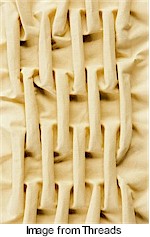
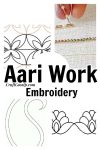
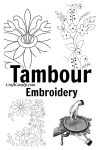
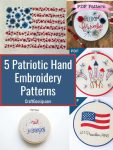
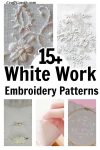
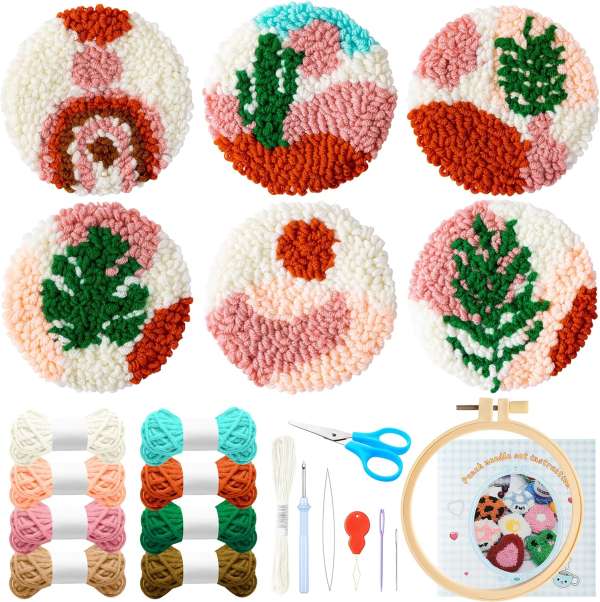
Leave a Reply